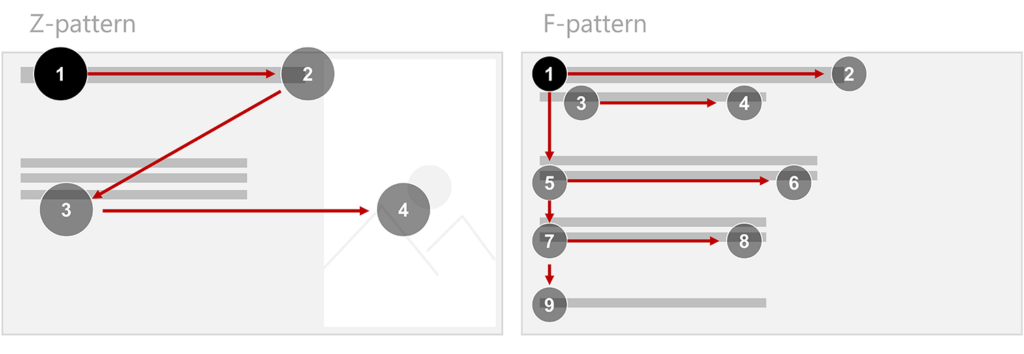
Action Titles: How To Use Your Key Messages as Slide Headers!
Meaningful headers, known as action titles, add weight to your words. But what exactly are they? We’ll show you in today’s post.
Action title: What is that?
A good action title condenses the core message of your slide into one sentence. Your audience can immediately internalize the most important takeaway from your slide just by reading the title. An added bonus is that it gives you, the presenter, a strong anchor for what you want to communicate.
How should you use it

Think of your slide header as a newspaper headline – that’s always the first thing people read. Many presenters don’t realize how audiences grasp and absorb content, especially PowerPoint slides. Journalists know how to draw attention with well-crafted headlines. They use the headline to present the most important and intriguing message.
As the name suggests, an action title is an active statement. It requires active, rather than passive wording. Here’s an example:
Active: Sales figures influence the company’s revenue.
Passive: Company revenue is influenced by sales figures.
Where should it go?
Based on eye-tracking studies, audiences in Western cultures focus most of their attention on the upper-left corner of a slide. This diminishes in a Z or F shape pattern, which we have illustrated in a Gutenberg diagram below. In the 1990s, management consultants from the Boston Consulting Group perfected this principle and coined the term action title. The way we take in PowerPoint slides hasn’t changed, which is why this communication principle is still very relevant today.
The advantages of action titles
Action titles bring so many more advantages than a header consisting of just one or two words. Well-written action titles reflect the central idea of your slide. This provides an audience with a sense of direction and helps them focus on the facts and figures presented.
Using them also allows you to showcase your communication skills. Strong written and verbal communication are highly regarded business skills and an important building block of your professional success.
The Z and F patterns
As mentioned above, an audience’s attention is focused most on the upper-left corner of a slide. As a result, an audience reads PowerPoint slides following a certain pattern. These are the Z and F patterns. To better understand these patterns, we’ve provided an illustration of both below.
In the Z pattern, the header is read first and then the eye moves to the rest of the text and the images on the slide. With the F pattern, all lines are read one after the other, just like reading a book. In both patterns the title is read first, showing exactly how important action titles are for giving a powerful and meaningful presentation.

How to word an action title
You want your action title to be immediately understood by your audience. For this to happen, avoid overly generic titles that lack substance. “Sales Development” or “Organizational Structure” are examples of titles that aren’t specific enough to truly explain what you want to communicate. With this kind of title, your audience will know what to expect but not the core message of your slide. Concrete statements that support your core message are far better, such as “Positive Sales Development in 2019” or “Our Sales Increased by 15% in the Last Quarter”.
Imagine skimming all the slides of your presentation and reading only the headlines. Do your key messages and “story” pop? If you answered yes, give yourself a pat on the back – you’ve got your action titles just right. Your audience should have no problem understanding the core message of the slide.
Develop your own writing style
Avoid long, convoluted sentences and filler words. Good action titles should be simple, factual and succinct. They should actively engage your audience. Using marketing jargon can also have a negative impact on your audience. Avoid exaggerating and stick to the facts and objective of your presentation.
Sometimes sub headers can be helpful if the core message is too long for an action title. They allow you to include additional information, such as “Sales development in million euros”.
Action titles and call to action

Even though the action title and call to action seem like similar terms, they are actually very different. While action titles are placed at the beginning of each slide, a call to action is most often found on the last slide. Using a call to action on the final slide of your presentation directs your audience towards a specific goal.
If you’d like to know how to craft and use a call to action, check out our blog.
Action titles can transform your PowerPoint presentation into meaningful, engaging slides. Not only do they guarantee your audience’s attention, but they’re also essential for your professional success.
Do you have any questions about action titles or PowerPoint presentations in general? Feel free to contact us at [email protected].
Are you looking for professionally designed slide templates for your presentation? Take a look around in our shop. Here are some examples:
Here are some articles that may interest you:






